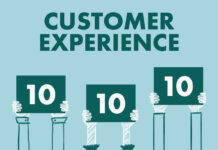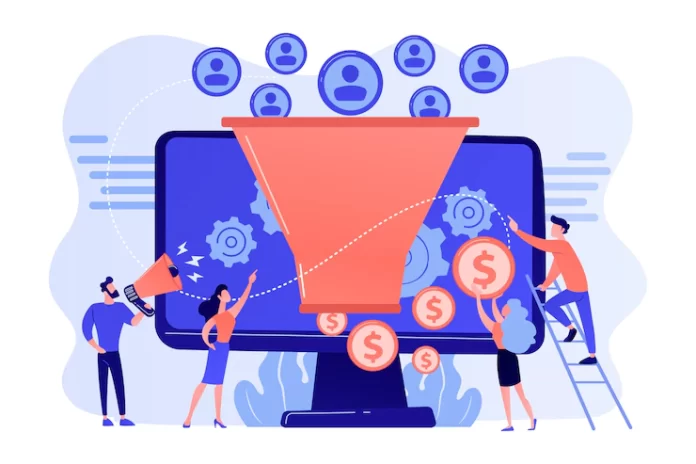Getting a continuous flow of excellent sales leads into your company might feel like climbing Everest without shoes at times.
Fortunately, it isn’t difficult; all you need are the necessary tools and tactics to get there!
So put on your hiking boots and join us as we walk you through some tried-and-true methods for producing high-quality sales leads!
But first, what’s the difference between SQLs (Sales Qualified Leads) and MQLs (Marketing Qualified Leads)?
An MQL is a lead that your marketing team believes has a higher chance of becoming a sale than other leads but isn’t ready to purchase yet. This is usually discovered via lead intelligence, which is frequently aided by closed-loop analytics. Before they’re ready for a sales call, these prospects require extra marketing support.
An SQL is a potential client who has passed the engagement stage, has been extensively examined by both marketing and sales, and has been declared ready for the next step in the sales process: a direct sales push. These leads have shown an interest in purchasing and have passed lead qualifying standards, indicating that they are a good match for the product or service. All they need now is further nurturing of leads in order to convert them into paying customers.
A marketing qualified lead is a lead that has connected with your organization and potentially become a customer if nurtured properly, whereas a sales qualified lead has been investigated and verified by your marketing department and is ready to speak with your sales department. When an MQL is ready to speak with the sales team, they become a SQL.
Understanding MQLs and SQLs are critical for your sales team since the system may help them spend more time selling to the right people at the right time by saving them time.
Converting MQLs to SQLs, at its finest, provides your sales team with more qualified prospects with whom they can have more meaningful dialogues.
Research
It’s all too easy to overlook the research phase, yet it’s critical to your company’s success and cannot be overstated.
You don’t have time to squander contacting a firm with which you will eventually have no chance. Using your resources to collect information may be quite beneficial to both you and your prospects.
“Having a holistic perspective of a prospect’s industry is just as crucial as understanding their firm,” according to SalesLoft. According to a 2016 survey, “85 percent of respondents choose providers that understand their sector and the issues they confront.”
Do you want to impress your prospects? Find out what they’re passionate about. Peruse sites like LinkedIn and Twitter on a regular basis to stay up to date on the current trends. Begin to follow and read industry news. Listen to the most recent podcast of someone who could be of interest to your clients.
High-Quality Intent Data
Because your data is the basis that will make or break your lead generation strategy, it’s critical to start with high-quality data.
Unfortunately, obtaining third-party data may be costly, and you’re generally taking a large risk on the quality of the data. What if you didn’t have to rely on third-party data providers?
You’re probably sitting on a goldmine of prospects that want or need your product already — your website visitors! Only a tiny fraction will inquire, but a website visitor tracking technology like Lead Forensics can identify those who haven’t yet.
You can find contact information for key decision-makers at the businesses who have visited your site, as well as what they’ve been looking at on your site so you can personalize your approach.








